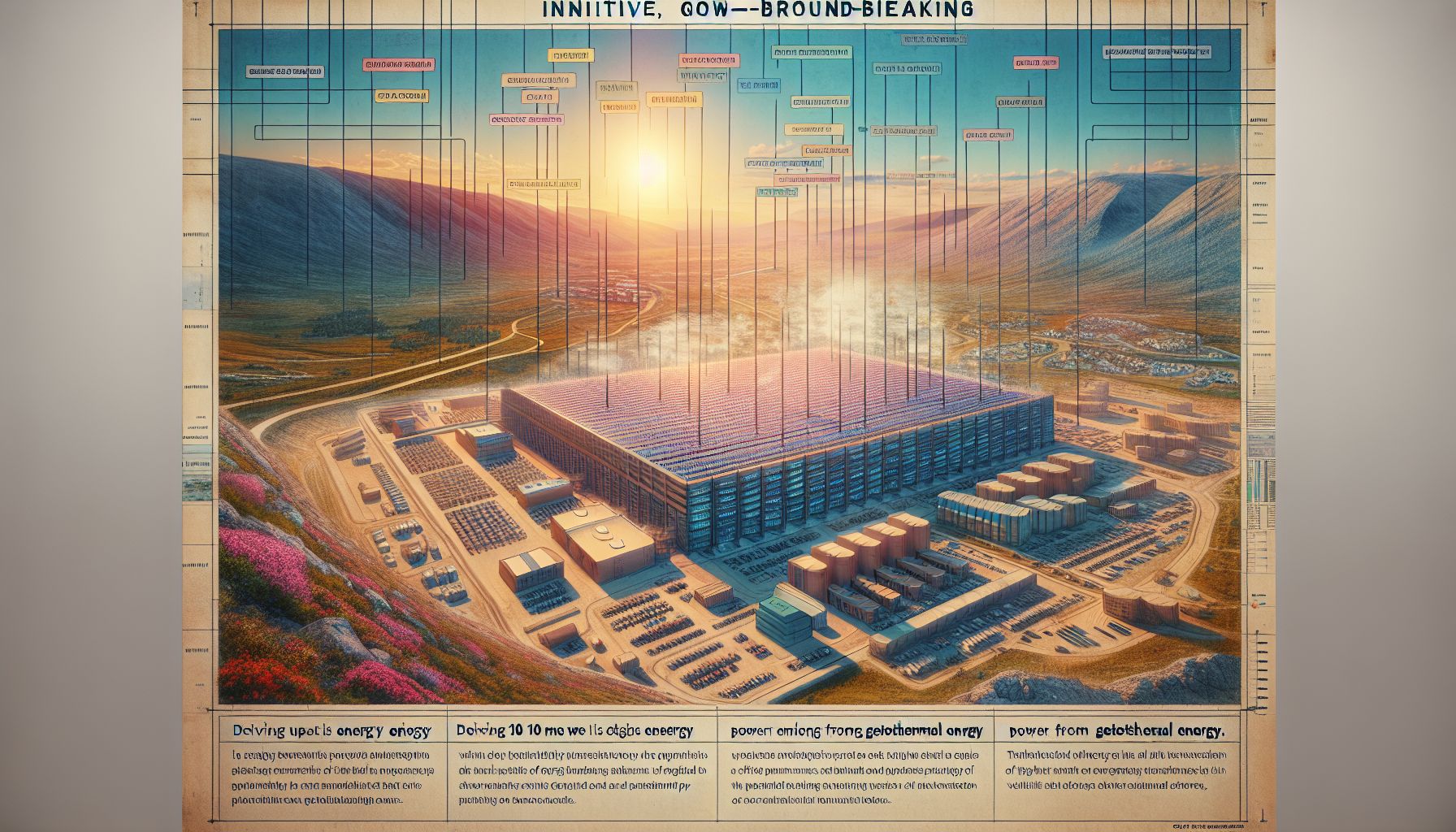Meta Partners with Sage Geosystems for Innovative Geothermal Data Center Power

United States, Wednesday, 28 August 2024.
Meta plans to power its data centers with up to 150 MW of geothermal energy by 2027, partnering with Sage Geosystems. This groundbreaking project will use advanced technology to harness geothermal power in previously inaccessible areas, marking a significant step towards sustainable data center operations.
The Shift Towards Geothermal Energy
Meta’s decision to transition to geothermal energy is part of a broader strategy to reduce the carbon footprint of its data centers. Data centers are notorious for their high energy consumption, contributing significantly to greenhouse gas emissions. By harnessing geothermal energy, Meta aims to ensure a reliable, sustainable, and carbon-free power supply for its operations. This move aligns with the company’s commitment to pioneering clean energy initiatives and supports its goal of achieving a zero-carbon economy.
Partnership with Sage Geosystems
Meta’s partnership with Sage Geosystems is a strategic collaboration aimed at advancing geothermal technology. Sage Geosystems, a Texas-based startup founded by former Shell employees, has developed a proprietary Geopressured Geothermal System (GGS). This system enables the extraction of heat from hot dry rock deep beneath the Earth’s surface, making it a versatile and scalable solution for geothermal energy production. Sage’s approach differs from traditional hydrothermal methods, which rely on natural hot water sources and are often location-specific.
Project Details and Timeline
The first phase of the Meta-Sage project is scheduled to be operational by 2027. The geothermal plant, to be constructed east of the Rocky Mountains, will generate up to 150 MW of carbon-free electricity. This capacity is sufficient to power approximately 70,000 homes. The project represents the first large-scale commercial application of Sage’s GGS technology and is expected to set a precedent for future geothermal installations both in the U.S. and globally.
Impact on the Clean Energy Landscape
Geothermal energy is increasingly being recognized as a critical component of the clean energy mix. Unlike solar and wind, which are intermittent, geothermal energy provides a constant and reliable power supply. The U.S. Department of Energy (DOE) has highlighted the potential of next-gen geothermal energy to power millions of households by mid-century. The DOE estimates that geothermal power could expand to support between 80 to 260 million homes by 2050, depending on technological advancements and investment levels.
Global Implications and Future Prospects
Meta’s investment in geothermal energy is part of a larger trend among tech giants seeking sustainable power solutions. Companies like Google and Microsoft are also exploring geothermal energy to meet their data centers’ growing electricity demands. The successful deployment of Sage’s GGS technology could pave the way for widespread adoption of geothermal energy, reducing reliance on fossil fuels and contributing to global efforts to combat climate change. As the technology matures, it holds the promise of providing a stable and scalable source of clean energy worldwide.
Bronnen
- www.bright.nl
- about.fb.com
- thehill.com
- www.nytimes.com
- www.canarymedia.com
- www.datacenterdynamics.com

